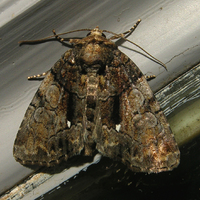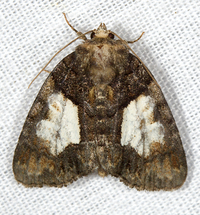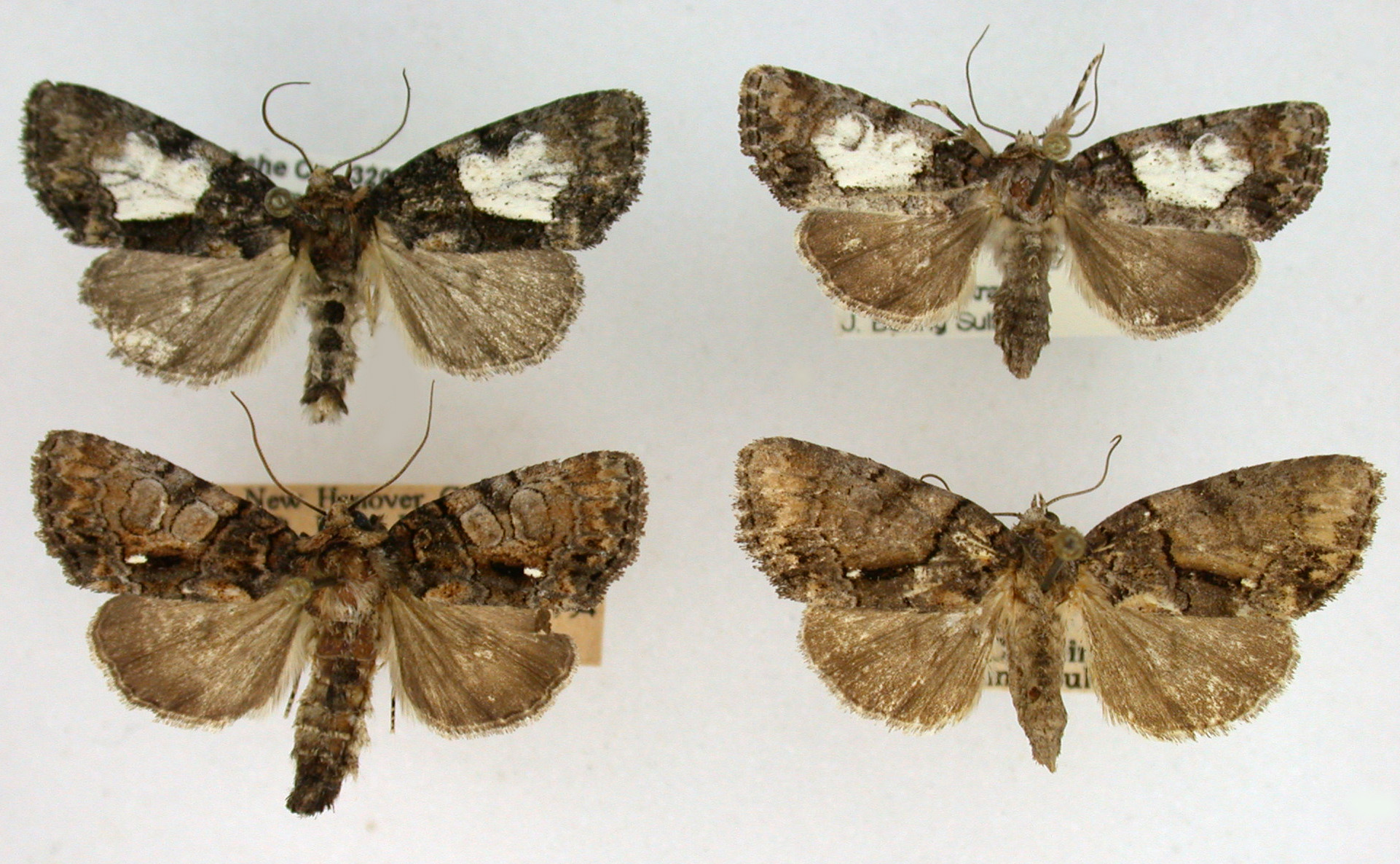
| Recorded by: Mark Basinger on 2025-10-02
Richmond Co.
Comment: | 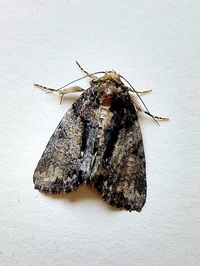
| Recorded by: Mark Basinger on 2025-09-18
Wilson Co.
Comment: |

| Recorded by: Jim Petranka, Becky Elkin and Marilyn Westphal. on 2025-09-05
Henderson Co.
Comment: | 
| Recorded by: Mark Basinger on 2025-08-31
Rowan Co.
Comment: |

| Recorded by: Mark Basinger on 2025-08-17
Wilson Co.
Comment: | 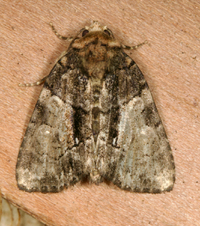
| Recorded by: Jim Petranka and Becky Elkin on 2025-07-29
Madison Co.
Comment: |
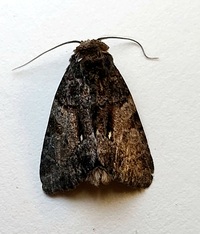
| Recorded by: Mark Basinger on 2025-07-05
Wilson Co.
Comment: | 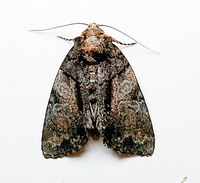
| Recorded by: Mark Basinger on 2025-06-17
Wilson Co.
Comment: |
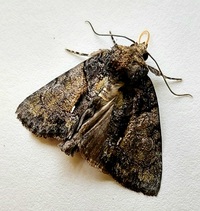
| Recorded by: Mark Basinger on 2025-06-04
Wilson Co.
Comment: | 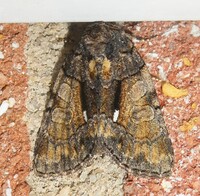
| Recorded by: Simpson Eason on 2025-05-31
Durham Co.
Comment: |
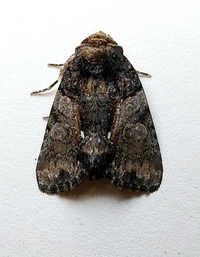
| Recorded by: Mark Basinger on 2025-05-29
Wilson Co.
Comment: | 
| Recorded by: Mark Basinger on 2025-05-29
Wilson Co.
Comment: |

| Recorded by: Mark Basinger on 2025-05-28
Wilson Co.
Comment: | 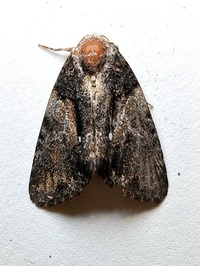
| Recorded by: Mark Basinger on 2025-05-21
Wilson Co.
Comment: |
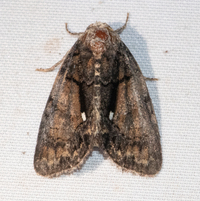
| Recorded by: Emily Stanley on 2025-05-15
Buncombe Co.
Comment: | 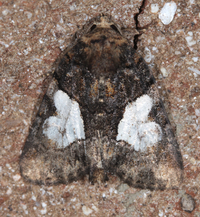
| Recorded by: Jim Petranka on 2025-05-02
Madison Co.
Comment: |
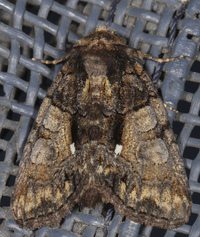
| Recorded by: John Petranka and Sally Gewalt on 2025-04-29
Warren Co.
Comment: | 
| Recorded by: Jeff Niznik on 2025-04-22
Orange Co.
Comment: |
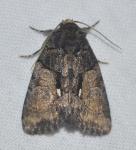
| Recorded by: K. Bischof on 2025-04-16
Chatham Co.
Comment: | 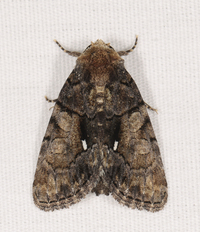
| Recorded by: John Petranka, Jim Petranka and Becky Elkin on 2025-04-14
Bladen Co.
Comment: |

| Recorded by: David George, Jeff Niznik on 2025-04-05
Chatham Co.
Comment: | 
| Recorded by: Mark Basinger on 2024-09-05
Wilson Co.
Comment: |

| Recorded by: Mark Basinger on 2024-08-20
Wilson Co.
Comment: | 
| Recorded by: Owen McConnell on 2024-08-14
Graham Co.
Comment: |
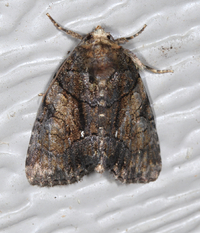
| Recorded by: Jim Petranka on 2024-08-04
Madison Co.
Comment: | 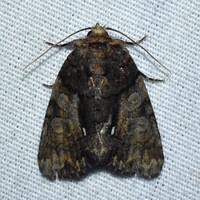
| Recorded by: David George, Jeff Niznik on 2024-07-08
Chatham Co.
Comment: |
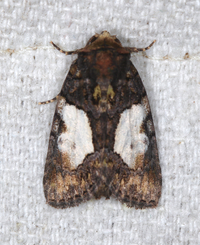
| Recorded by: Jim Petranka on 2024-07-07
Madison Co.
Comment: | 
| Recorded by: David George on 2024-07-04
Chatham Co.
Comment: |

| Recorded by: Mark Basinger on 2024-07-04
Wilson Co.
Comment: | 
| Recorded by: Jim Petranka on 2024-06-23
Madison Co.
Comment: |
|

 »
»